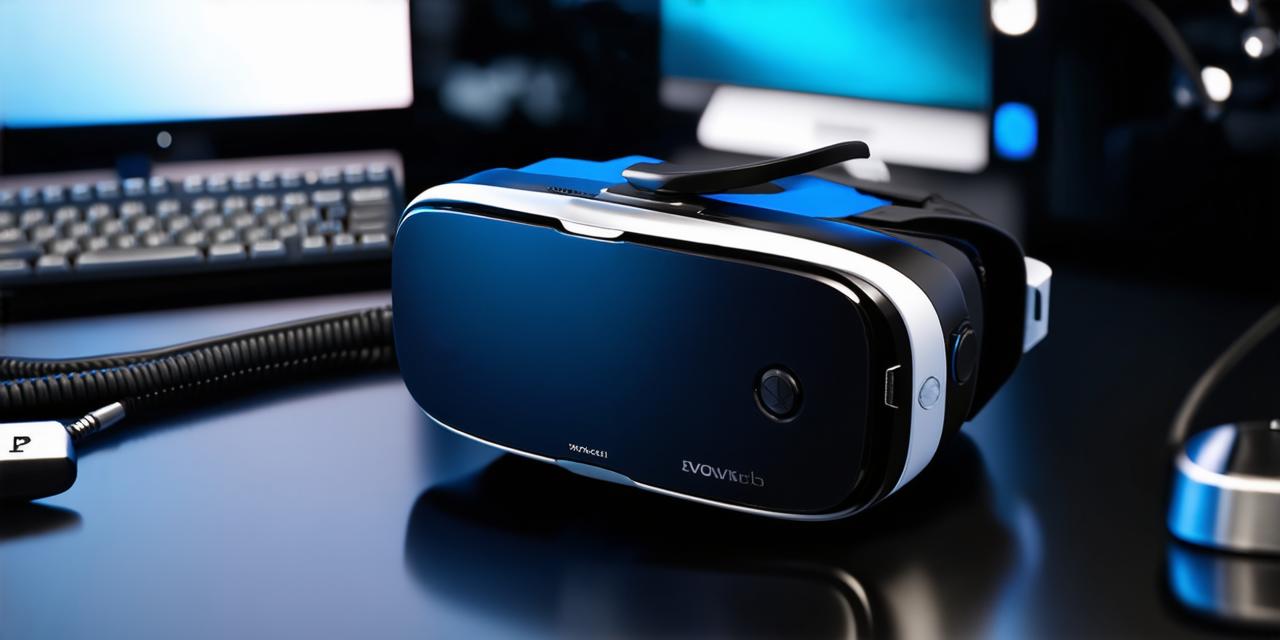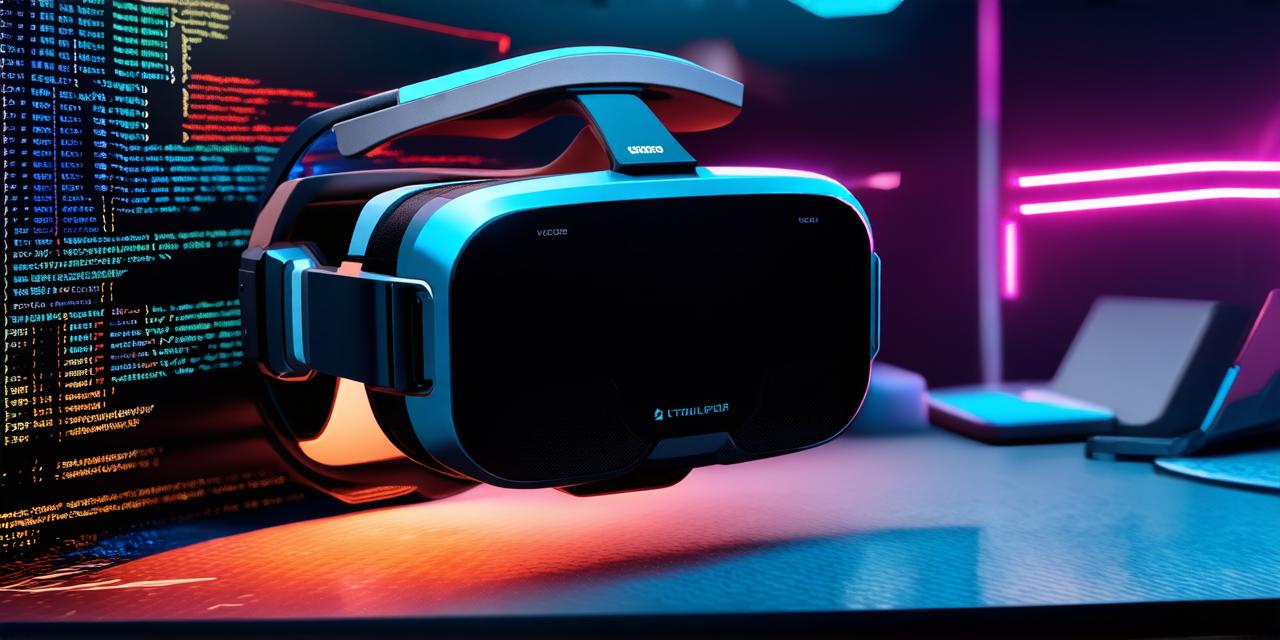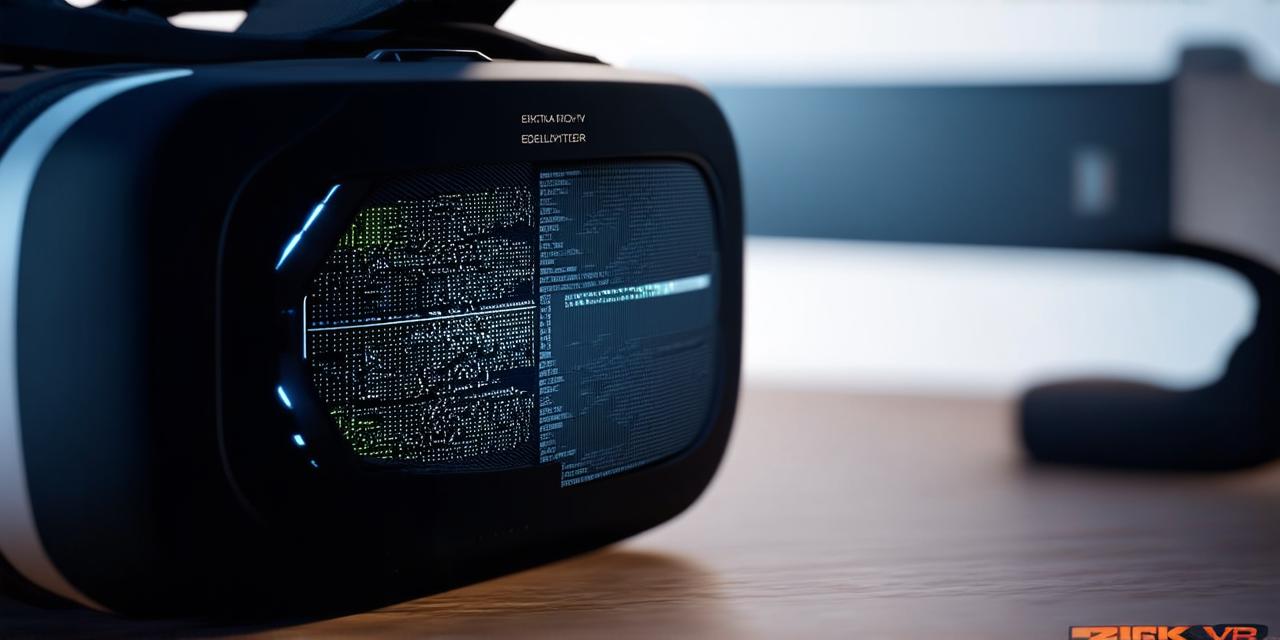Unity and Unreal Engine
These two titans dominate the VR development landscape. Unity, with its user-friendly interface and extensive asset store, is perfect for beginners. It offers a smooth learning curve, making it an ideal choice for those new to VR development. Unreal Engine, on the other hand, caters to seasoned developers with its advanced features. Epic Games’ Fortnite, a global phenomenon, serves as a testament to Unreal Engine’s capabilities in creating high-performance, immersive experiences.
A-Frame
A JavaScript framework, A-Frame simplifies VR development by enabling developers to create experiences directly on the web. Its user-friendly nature and compatibility with popular VR headsets make it a favorite among indie developers who wish to experiment with VR without the need for extensive hardware setup.
Google Cardboard SDK
Google’s Cardboard SDK is an essential tool for anyone developing for mobile VR. It provides a set of tools to help you create immersive experiences that can be viewed through a Google Cardboard viewer, making it accessible and affordable for many users.
Oculus Integration
Oculus, the pioneer in consumer VR, offers its own SDK for developers. With it, you can create experiences specifically for the Oculus Rift and Go. The social VR platform, Facebook Horizon, is a testament to what can be achieved with Oculus’ tools when combined with innovative ideas and skilled development.
VR PerfTest
A crucial tool for optimizing performance, VR PerfTest helps developers identify and fix bottlenecks in their applications. It’s an essential tool for ensuring smooth, immersive experiences that don’t suffer from lag or stuttering, which can break the illusion of presence in a virtual world.
VR Resources
Besides tools, there are numerous resources available online to help developers hone their skills and stay updated with the latest trends in VR development. Websites like VRFocus, Road to VR, and UploadVR provide the latest news, reviews, and tutorials in the VR world, offering valuable insights into best practices and emerging technologies.
FAQs
1. What are some popular VR development tools?
– Unity, Unreal Engine, A-Frame, Google Cardboard SDK, Oculus Integration
2. What is VR PerfTest used for?
– Optimizing performance in VR applications to ensure smooth, immersive experiences
3. Where can I find resources to learn more about VR development?
– Websites like VRFocus, Road to VR, and UploadVR offer news, reviews, and tutorials on VR development, helping developers stay updated with the latest trends and technologies in the field.
In conclusion, the key to creating immersive VR experiences lies not just in mastering these tools but also in understanding the unique challenges and opportunities that VR presents. As we continue to push the boundaries of what’s possible in VR, these tools will undoubtedly evolve alongside us, offering even more powerful ways to create captivating virtual worlds.



